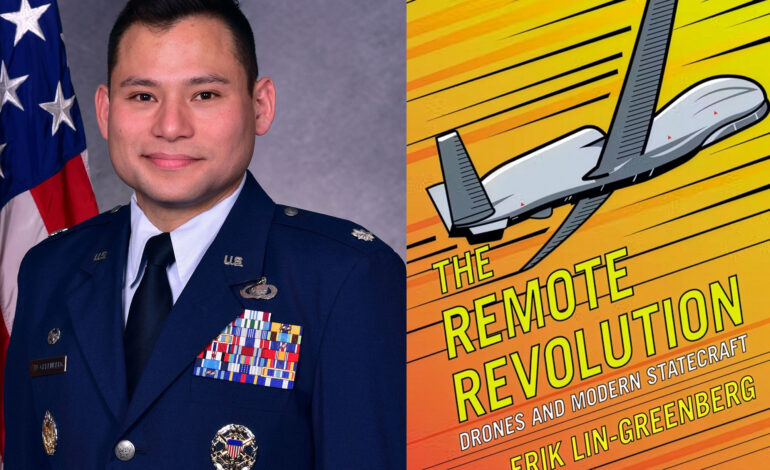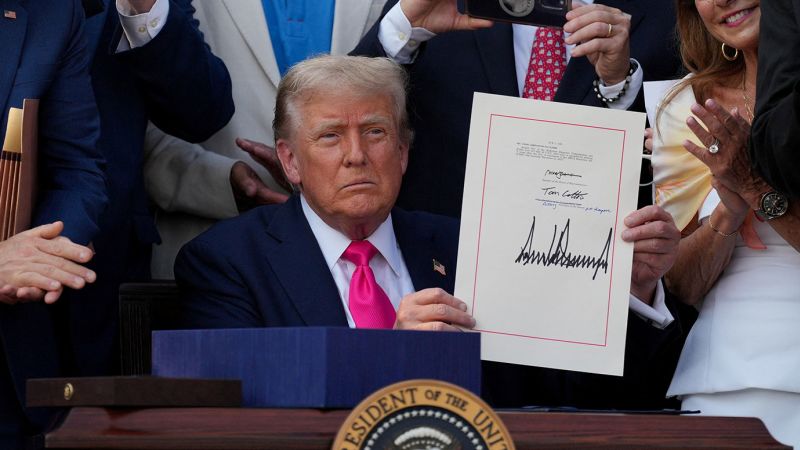Drones Reshape Warfare Dynamics: Insights from MIT Expert

Recent incidents involving drone activity highlight a shift in contemporary warfare strategies. In September, three Russian fighter jets entered Estonian airspace, prompting an interception but no attempt to shoot them down. This contrasts sharply with frequent drone incursions into NATO territory, where nations typically respond by attempting to neutralize the unmanned vehicles. Such incidents illustrate a complex global trend in military engagement, particularly as drone warfare becomes increasingly prevalent.
While drone operations are on the rise, their impact on escalating military conflicts appears less severe than previously anticipated. According to Erik Lin-Greenberg, an associate professor at MIT’s Department of Political Science, the conventional belief that drones would lead to heightened military aggression is being reconsidered. “There was a conventional wisdom that drones were a slippery slope that would enable leaders to use force in all kinds of situations,” Lin-Greenberg states. “But in many cases where drones are being used, we don’t see that escalation.”
The proliferation of drones has made military actions more accessible for states. As Lin-Greenberg explains in his new book, The Remote Revolution: Drones and Modern Statecraft, published by Cornell University Press, the technology allows countries to engage in conflicts without risking human lives directly. Today, approximately 100 countries have access to military drones, and many have deployed them during international tensions and skirmishes.
Drones offer a unique advantage by significantly lowering the costs associated with military engagement. This includes not only financial aspects but also humanitarian and political concerns. Lin-Greenberg points out that decision-makers perceive drone strikes as less risky since there are no human pilots involved. “Because these systems don’t have a human on board, they’re inherently cheaper and different in the minds of decision-makers,” he notes. This perception leads states to be more willing to use drones in disputes, resulting in fewer retaliatory actions when their drones are shot down.
Lin-Greenberg’s analysis draws on a robust methodology, including war games with national security professionals, surveys on public and expert opinions, and historical case studies. His findings suggest that the use of drones creates new dynamics in international relations, altering how states respond to military provocations. He cites a historical example from the Cold War: the 1960 incident involving U.S. pilot Gary Powers, whose capture led to significant diplomatic tensions between the U.S. and the Soviet Union. Lin-Greenberg argues that had this event involved a drone, the outcome would likely have been far less contentious, as no human lives would have been at risk.
Yet, Lin-Greenberg cautions that the emergence of drone warfare does not equate to straightforward solutions to international conflicts. He emphasizes the potential for a “moral hazard,” where leaders might perceive drone strikes as low-risk options, thus leading to increased military confrontations. “To be clear, the remote revolution does not suggest that drones prevent war,” he asserts.
Looking ahead, the trends in drone warfare raise numerous questions about the future of military engagement. As drones become more autonomous, their role in conflicts may evolve in unpredictable ways. Lin-Greenberg expresses hope that his book will stimulate further discussions among academics and practitioners alike.
Critics have praised The Remote Revolution for its insightful analysis and comprehensive approach. Joshua Kertzer, a professor at Harvard University, commended Lin-Greenberg’s “rich expertise, methodological rigor, and creative insight.” Meanwhile, Michael Horowitz, a political scientist at the University of Pennsylvania, described the book as “an incredible exploration of the impact of drones on the international security environment.”
In conclusion, as warfare increasingly incorporates drone technology, the implications for international relations remain significant and complex. The evolving nature of military engagement necessitates ongoing analysis and discourse, particularly as new technologies continue to emerge. Lin-Greenberg’s work provides a valuable foundation for understanding these dynamics and their potential consequences.






